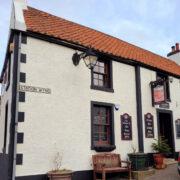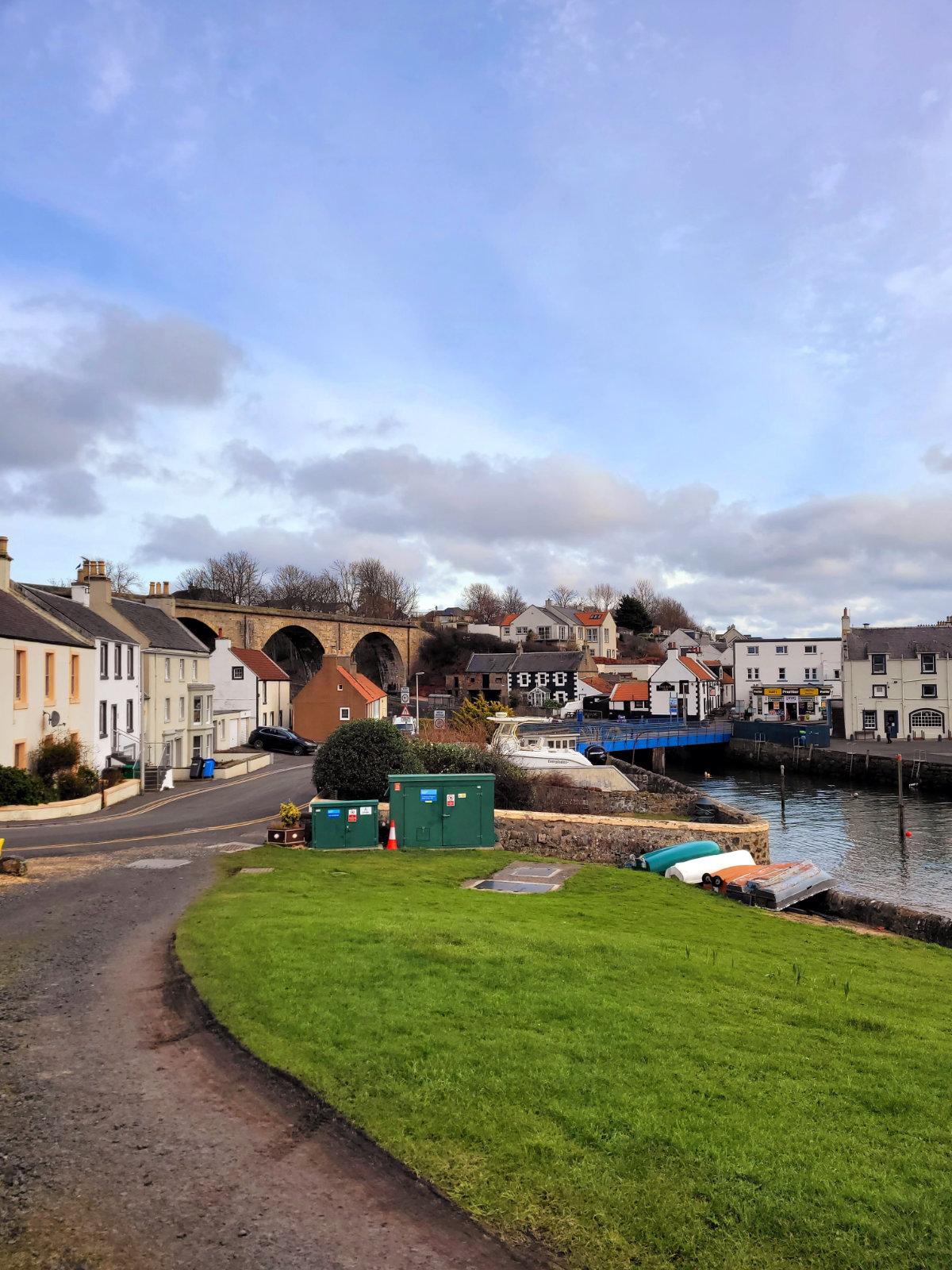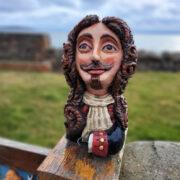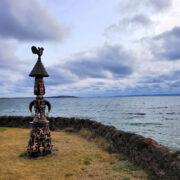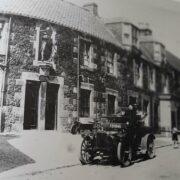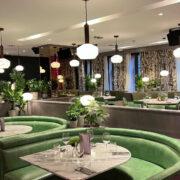Famous for being the birthplace of the real life Robinson Crusoe
Lower Largo is one of the easily overlooked places in Fife, as most tourists bypass it on the A915 towards the East Neuk of Fife. If you are travelling from the West you will drive through Lundin Links and then Upper Largo on the main road, so a short detour is required to see the charms of this coastal village.
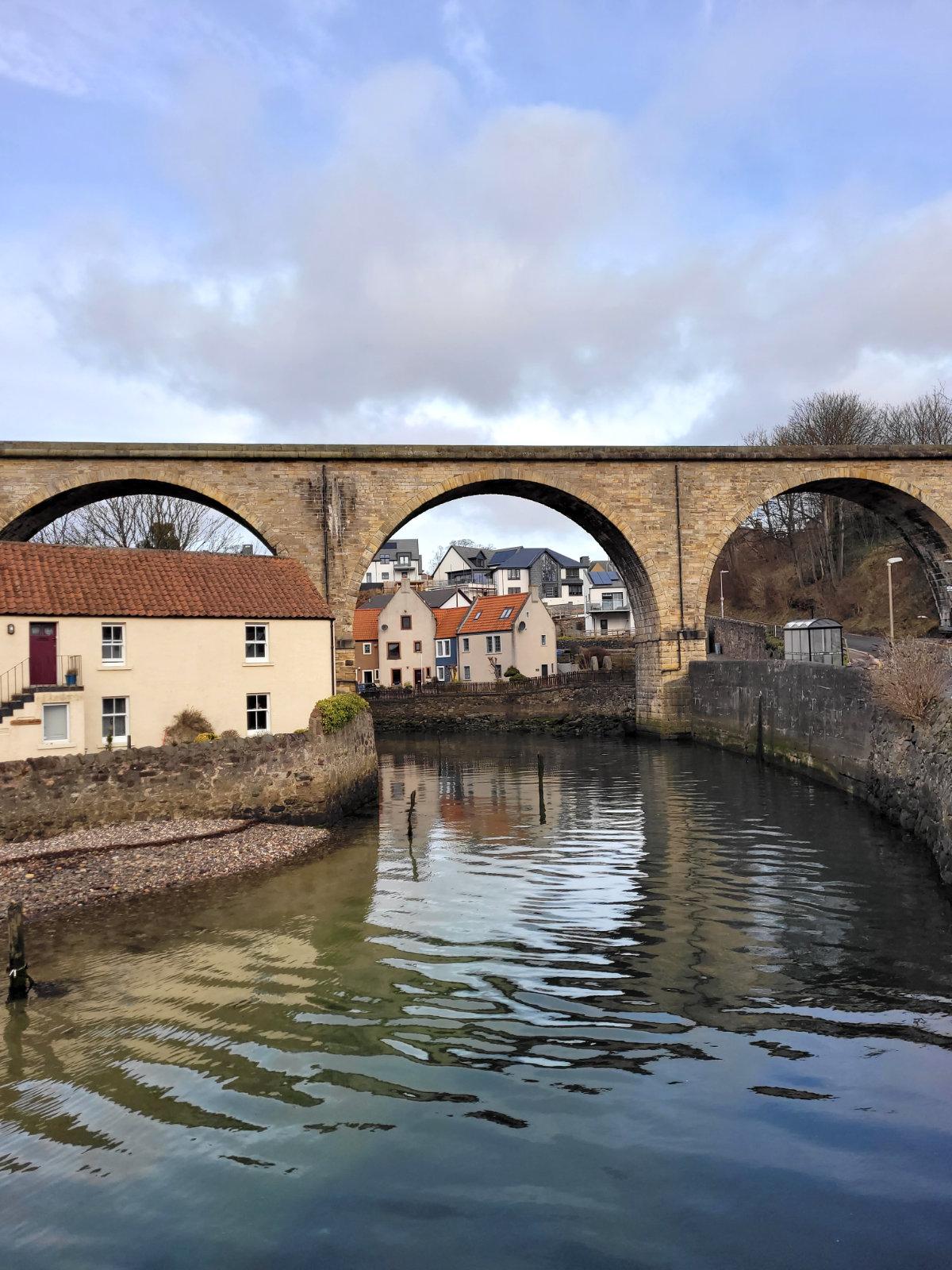
How to get to Lower Largo
By car
Turn off the A915 following the signs for Lower Largo. Follow the road down until you see the old railway viaduct. There is parking available at the old station site and another car park down at the beach.
By Bus
Stagecoach service number 95 Leven to St Andrews stops in Lower Largo. There is a bus stop right underneath the old railway viaduct.
If you are arriving by Stagecoach bus number X60 , this service doesn’t go through Lower Largo so alight at Harbour Wynd ans follow the road through modern housing and then downhill to reach Lower Largo.
Click here for up-to-date travel information.
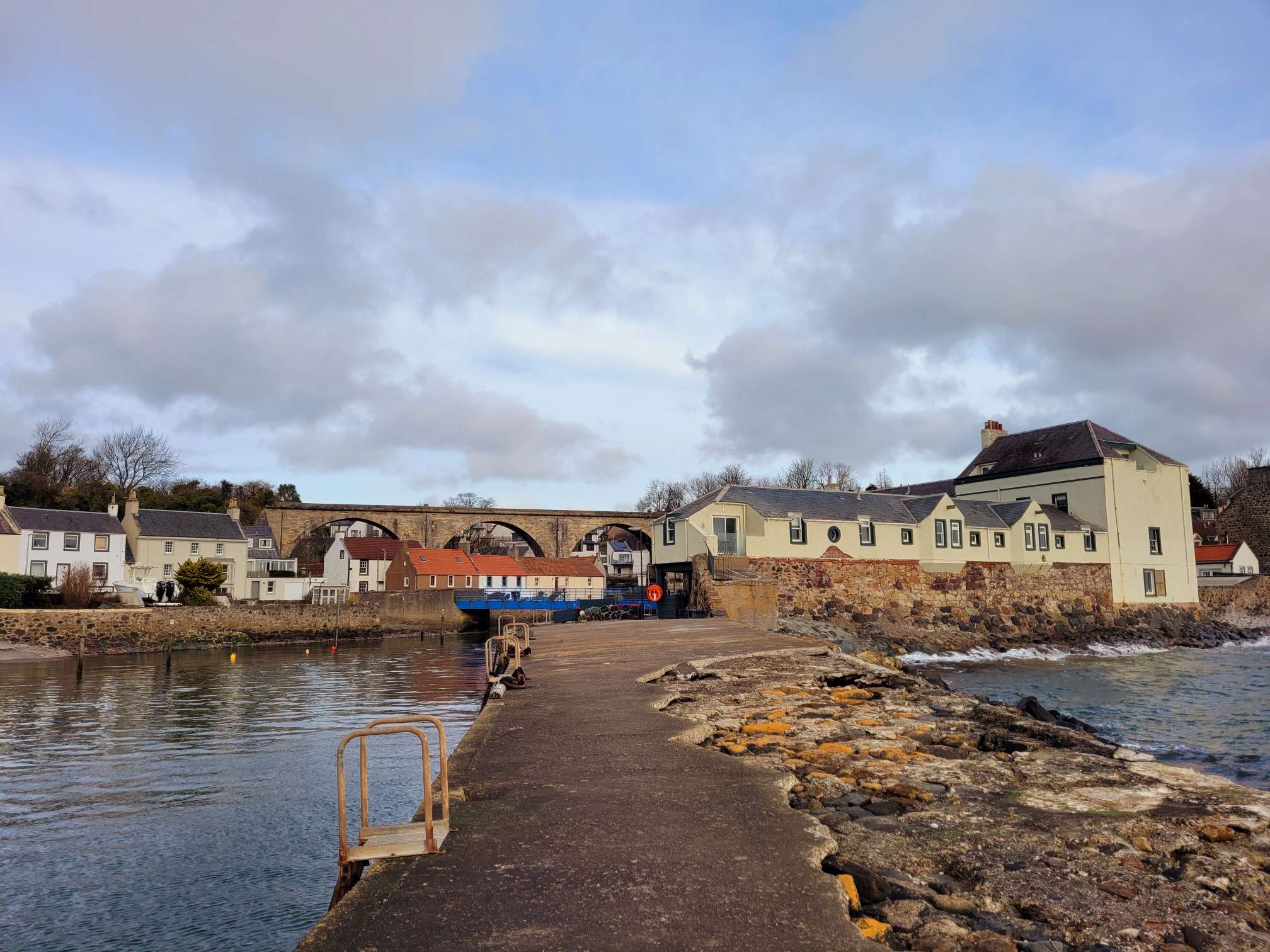
Brief History of Lower Largo
Largo itself is an ancient fishing village that can trace its roots back to the 5th century. It was made a ‘Burgh of Barony’ in 1513. That means that the town had the right to erect a mercat cross and to hold weekly markets.
Lower Largo, as the name suggests can be found at the bottom of the hill. The focal point being where the Keil burn flows into the Firth of Forth river.
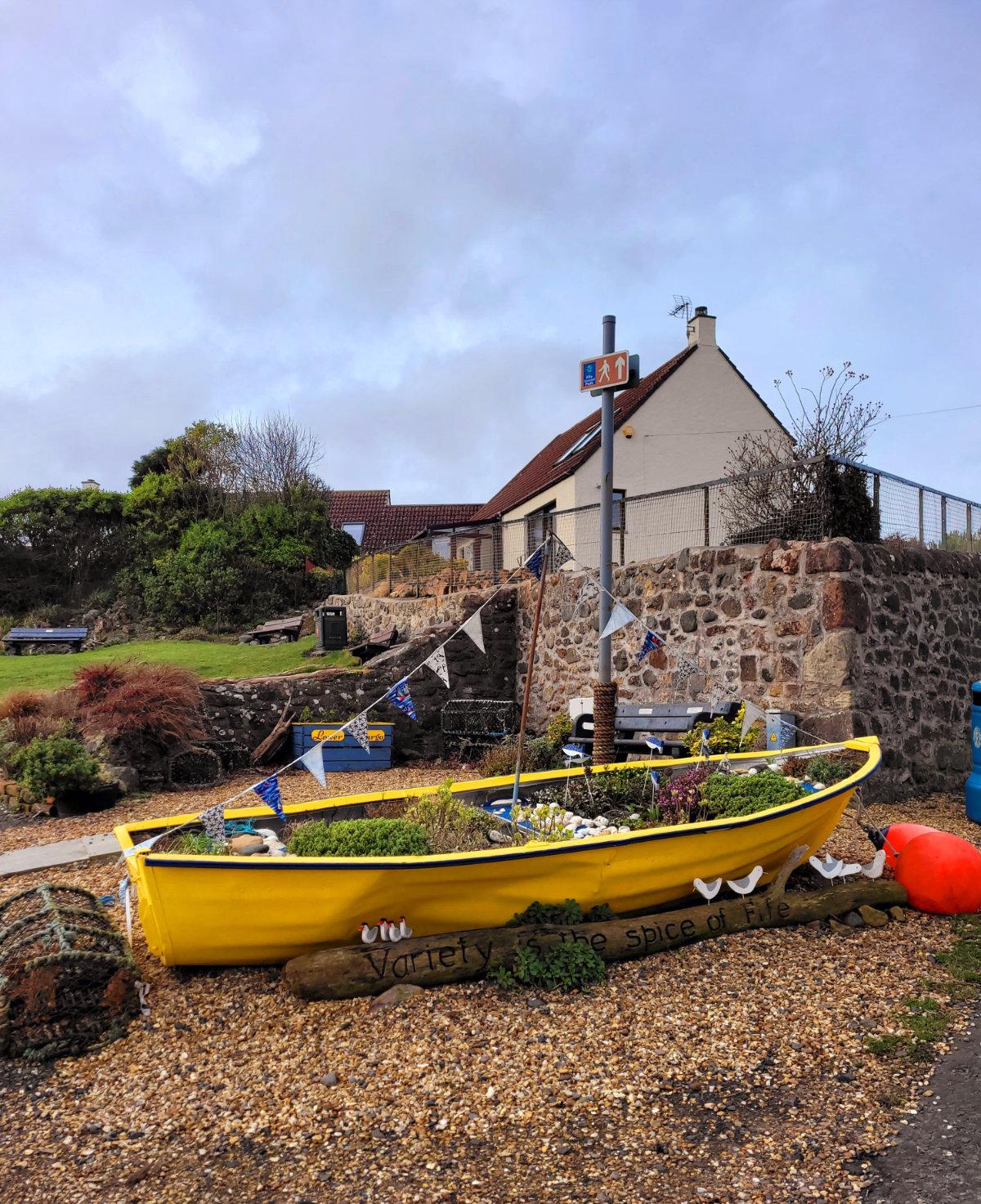
Lower Largo did develop a pier, but not the full harbour of other villages such as Crail. However a fleet of fishing boats were based here. There was also once a steam ferry service which ran from Lower Largo to Newhaven near to Leith.
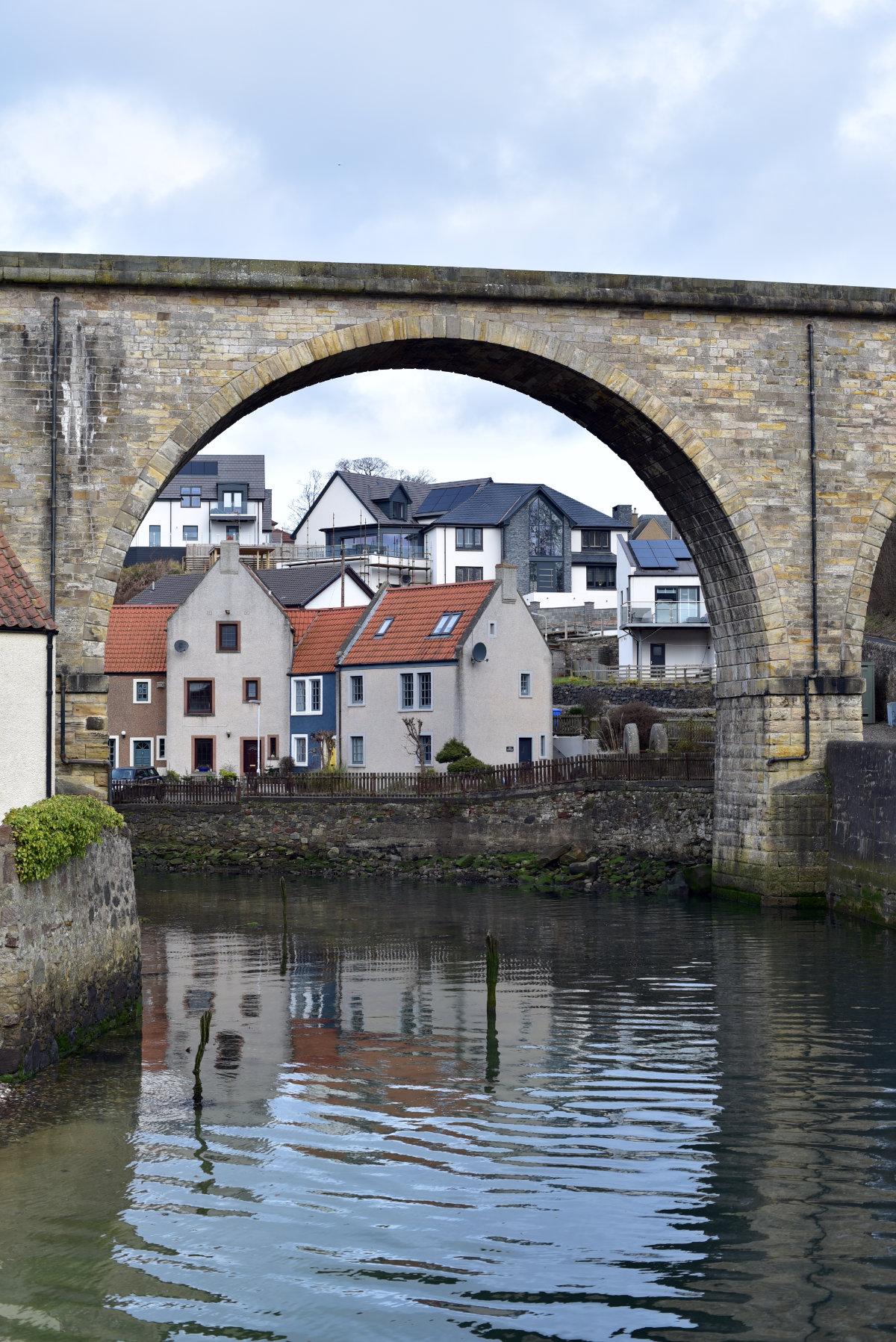
On 11th August 1857 the Lower Largo railway staiton was opened by the Leven and East of Fife Railway. This line ran from Thornton off the Edinburgh line and eventually in 1887, ended in St Andrews. This brought rapid development to the area. Sadly the station closed in 1965 and the line has been mostly converted to the Fife Coastal Path.

What to see and do in Lower Largo
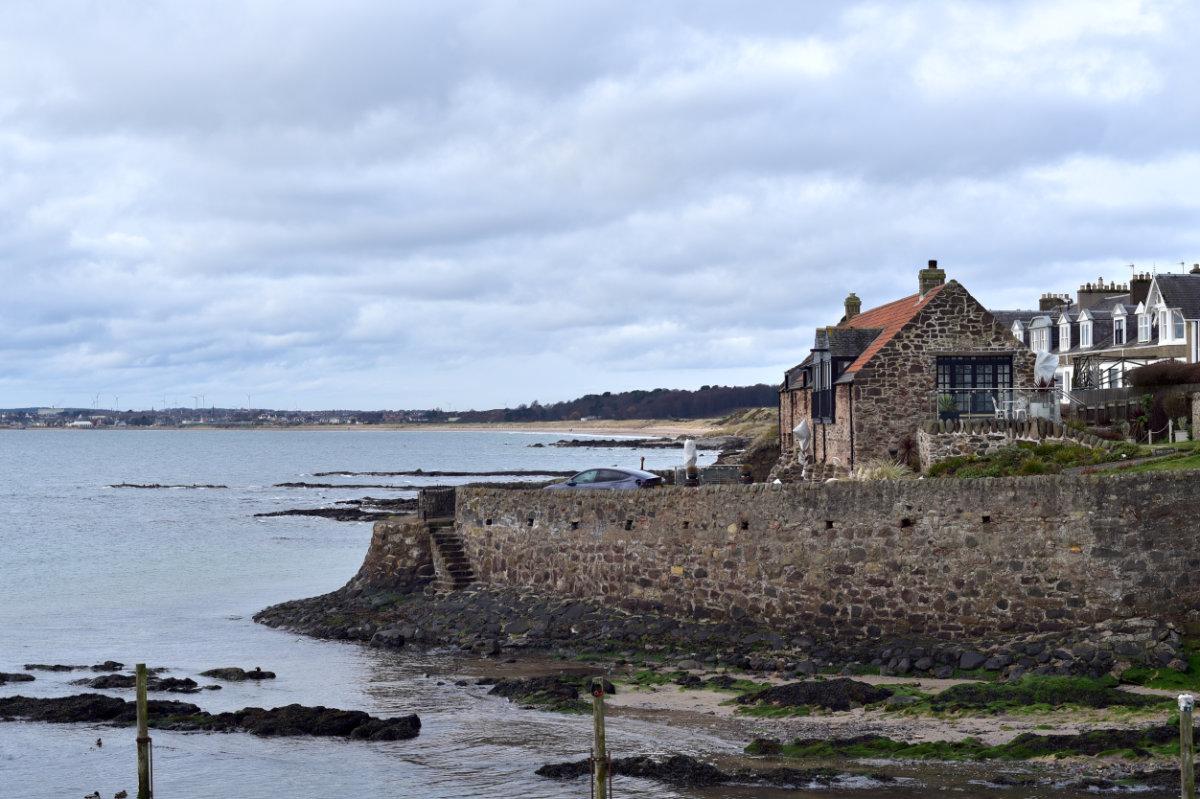 Map of what to see in Lower Largo
Map of what to see in Lower Largo
The Lower Largo railway viaduct towers above the village. Keep an eye out for resting herons using the viaduct as a lookout.
The Railway Inn is popular with CAMRA members and had three real ales on cask when we visited, it also had a real fire. The Crusoe Inn is bigger and serves food. you will find it situated at the harbourside. To read about our visit click here.
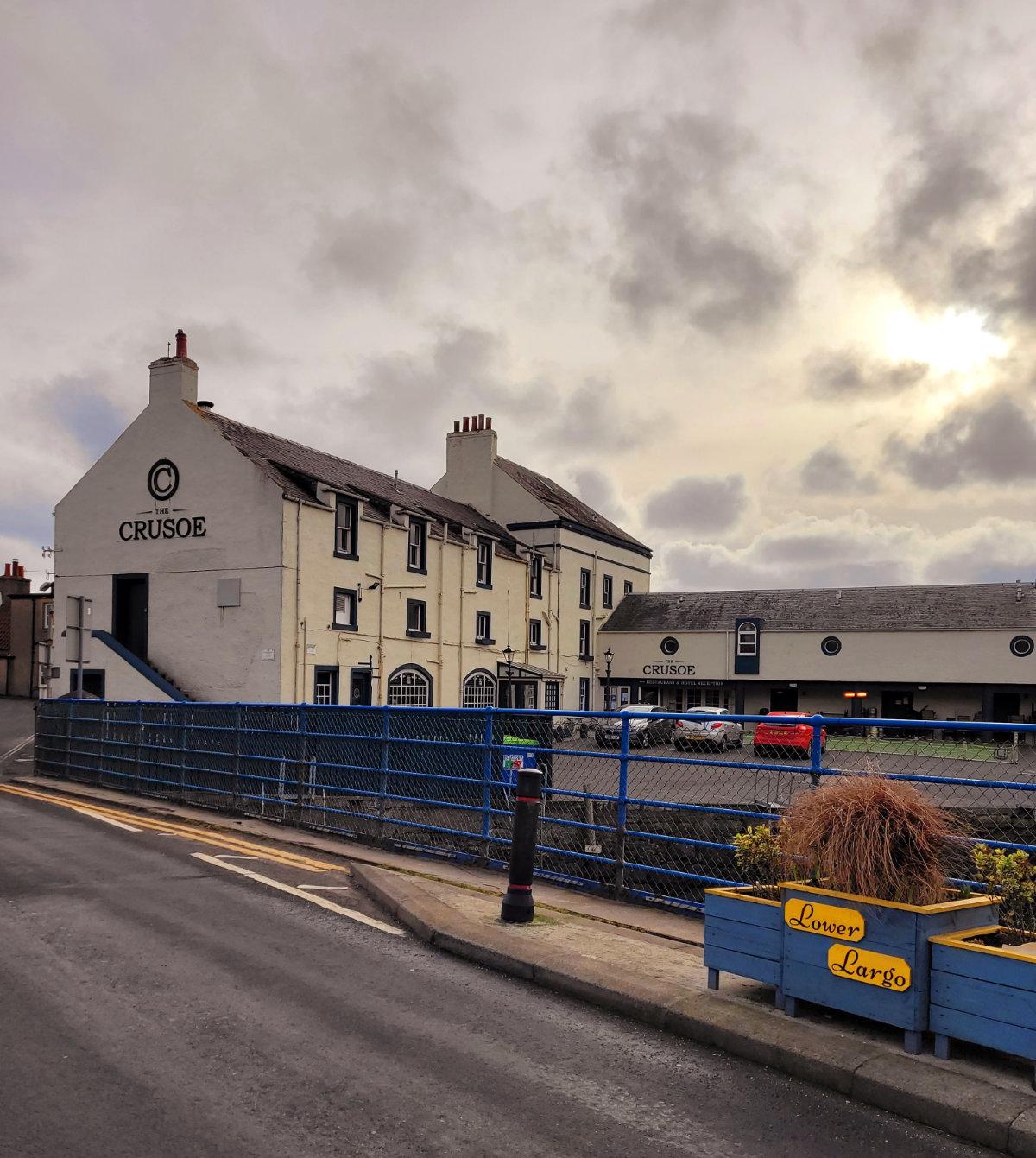
Walking up the main street you will eventually reach an interesting piece of public art, and if you look around you will find a curiously decorated house. The piece of art is named Malagan and is by local artist Alan Faulds, as is the decor on the house. Find out about his work here.
If you are in need of a cup of tea, then The Aurrie is worth a stop. The cafe, arts and events space is inside what was once Largo Baptist Church and features a toilet that plays pop songs with heavenly references (Leonard Cohen’s ‘Hallelujah’, M People’s ‘One night in heaven’, Led Zeppelin’s ‘Stairway to Heaven’ etc.).
What does Aurrie mean? It is said to be an old Scots word for ‘area’. According to The Aurrie website, this was the word used to describe the bit leading down to the riverside.

After some time out for tea and cake, take a wander along to see a life-sized statue of Alexander Selkirk. Lower Largo is famous as it is the birthplace of Alexander Selkirk who was the inspiration for Daniel Defoe’s Robinson Crusoe.
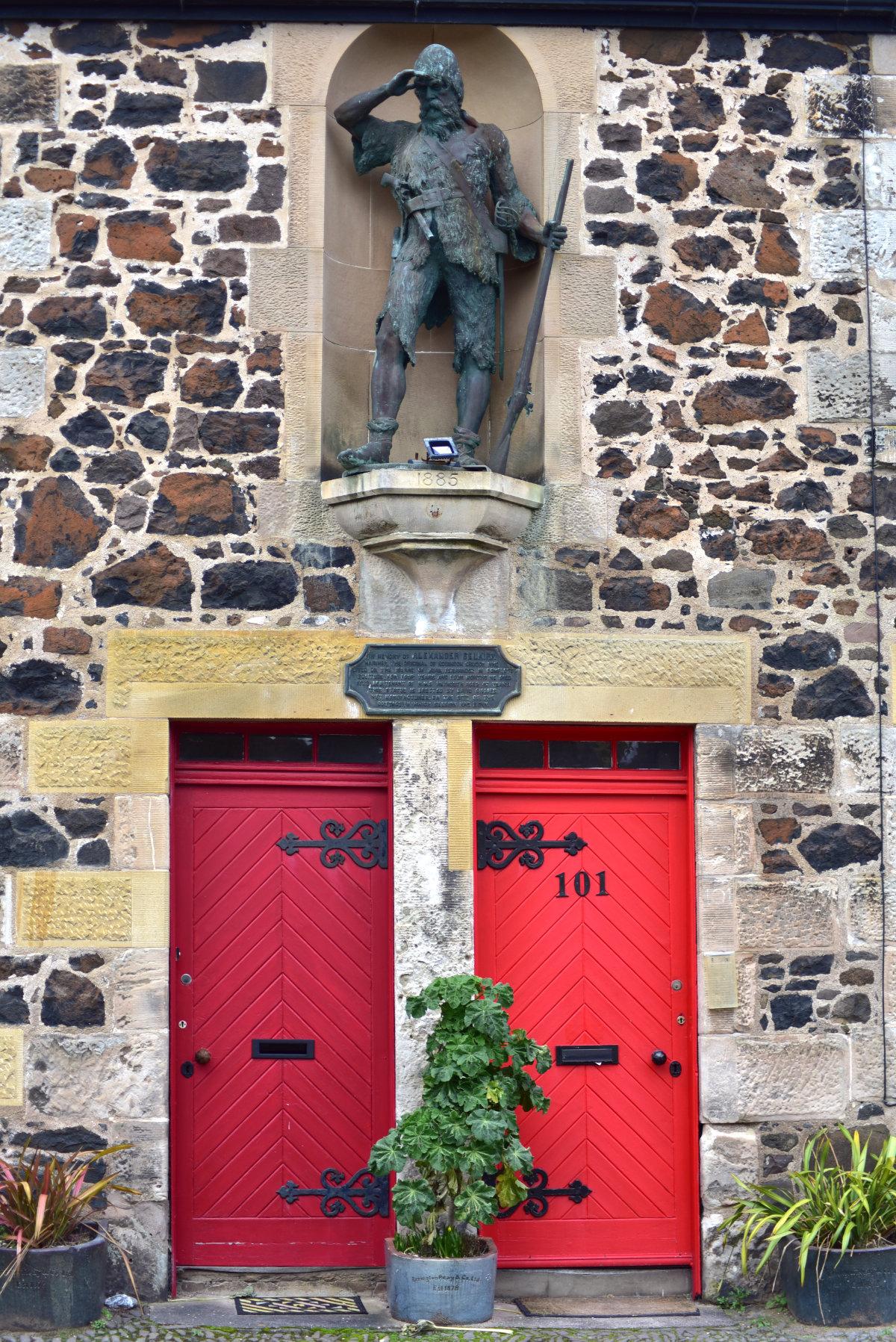
Here are some past present images, dates unknown for the originals sadly.


